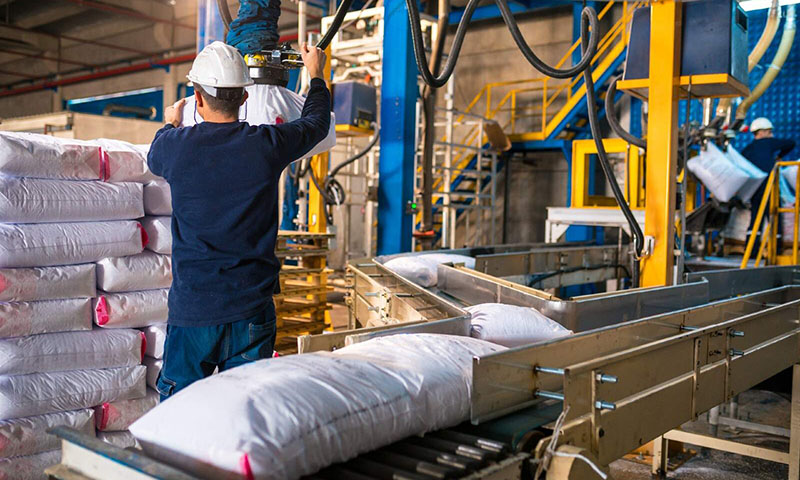Report by Engineering Post
The fertilizer industry has a pivotal role in the country’ agrarian economy. The federal government has provided substantial support to the fertilizer industry in the shape of cheap gas, tax holidays, waiving off import duties on machinery, etc during the past four-five decades.
There are ten Urea manufacturing plants, two DAP. two Nitro Phosphate , four SSP (out of which one plant was idle),two CAN , two plants of blended NPKs, and one plant of SOP, having a total production of 9417 thousand product tonnes per annum. .During July-March FY 2024 was 7171 thousand tonnes, which was 16.6 percent more than the corresponding time frame of the last year. Similarly, fertilizer production in nutrient terms was 3253 thousand tonnes, 17.3 percent higher than last year.
Urea, the main fertilizer, has as high as 71.1 percent share in the total production capacity. Domestic demand for urea can be met through local production. However, two SNGPL-based plants remained shut down for three months (January to March 2023) which had resulted in a production loss of 210 thousand tones. Similarly FBL also received low gas supplies, which also caused a production loss of around 220 thousand tonnes. Resultantly, the supply and demand gap had to be filled through imports of 220 thousand tonnes. Urea’s off take during the first nine months of the last financial year was 5368 thousand tonnes, showing an increase of 7.5 per cent compared to the previous year.
DAP is the second most widely used fertilizer, having a share of 16 percent in total fertilizer intake. Its production was 601 thousand tonnes, 33 percent more than the previous year. DAP imports were 597 thousand tonnes compared to
360 thousand tonnes imports made during a year earlier. DAP off take was 1365 thousand tonnes, which had increased 56 percent compared to the last year. DAP off take seems high due to extraordinarily low during the previous year due to the floods occurrence. Nutrient off take during July-March FY 2024 was 3957 thousand tonnes, 18.7 percent more than the corresponding period the last year.
Nitrogen and Phosphate off take was 3086 and 834 thousand tonnes respectively, whereas Potash off take was 38 thousand tonnes. During July-March FY2024, Nitrogen, Phosphate and Potash off take increased by 11.8 percent, 51.5 percent and 54.9 percent respectively compared to the same period last year.






